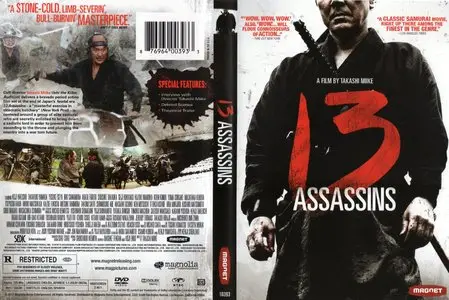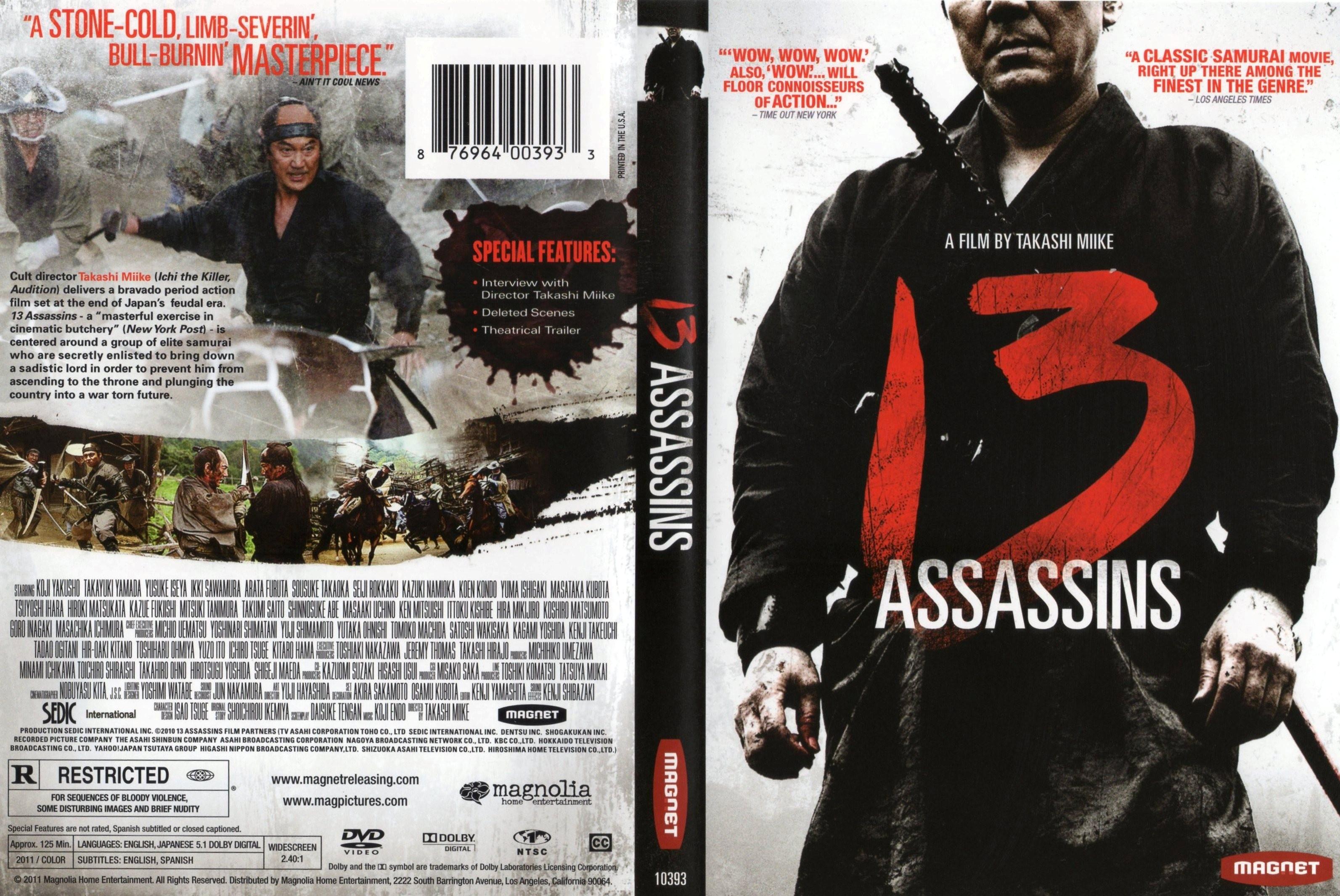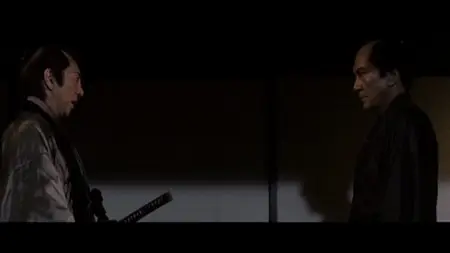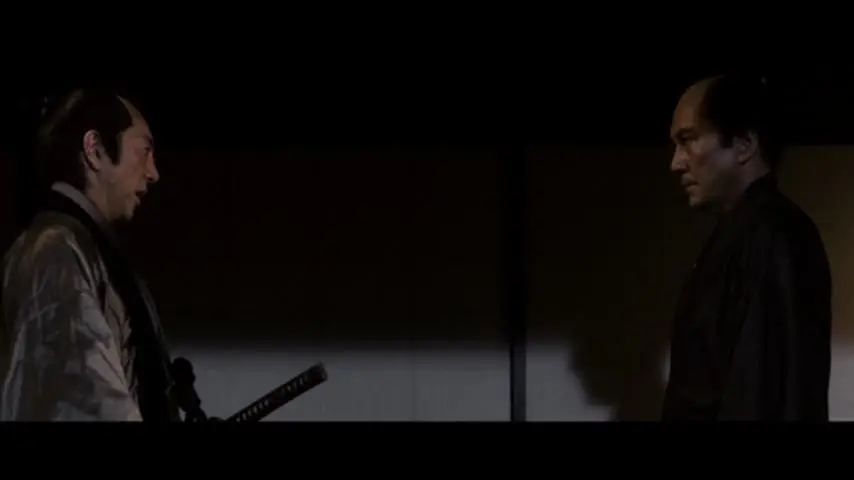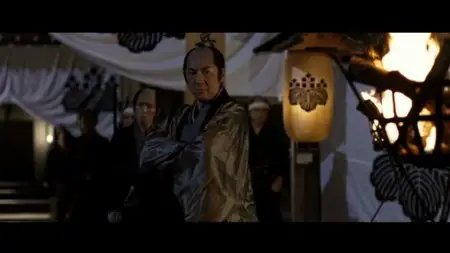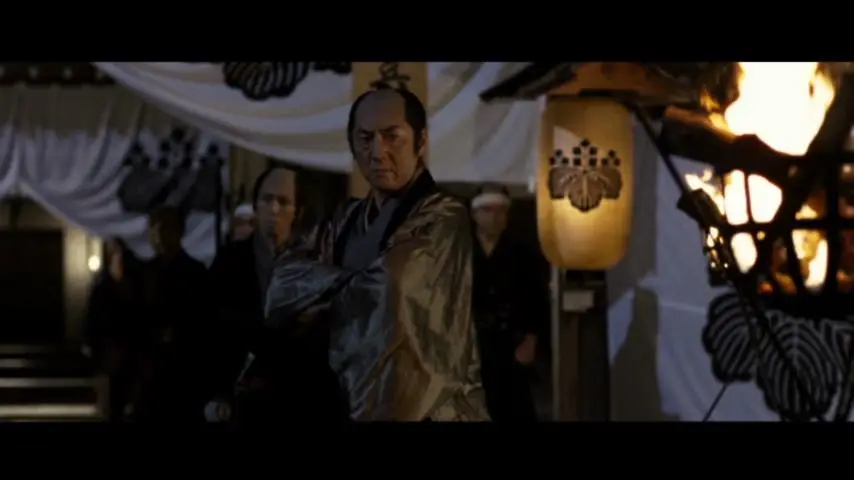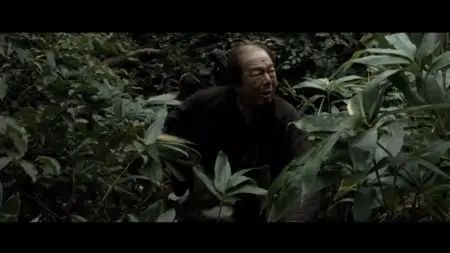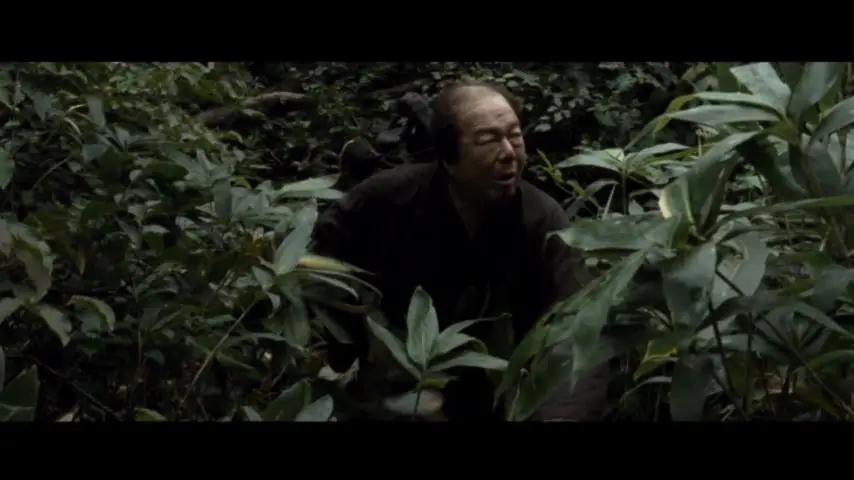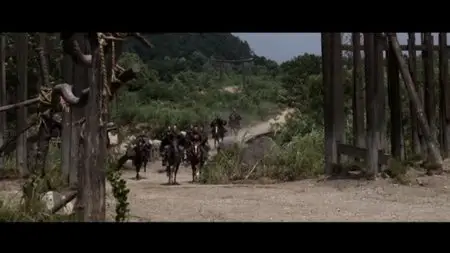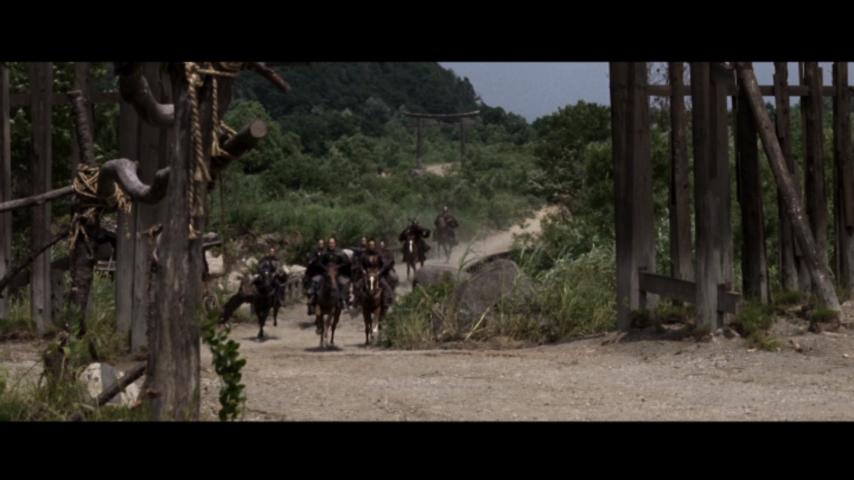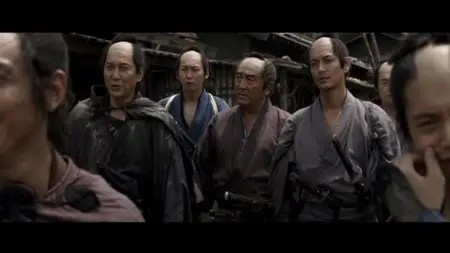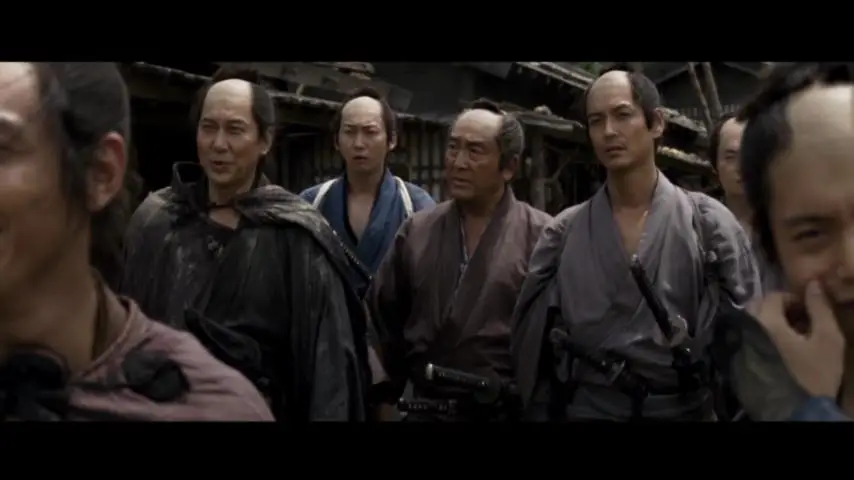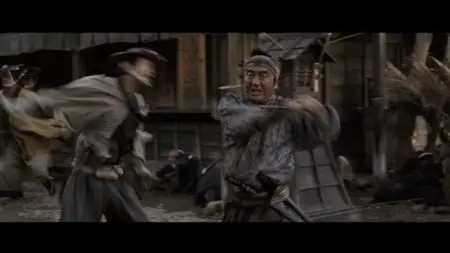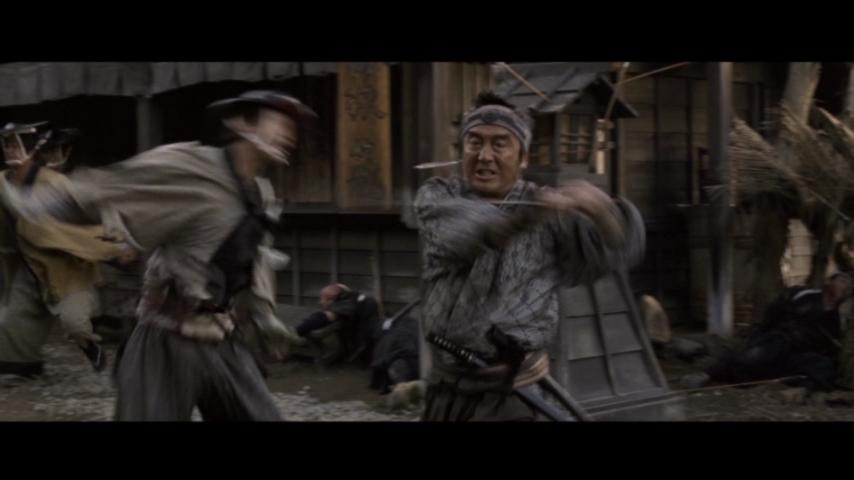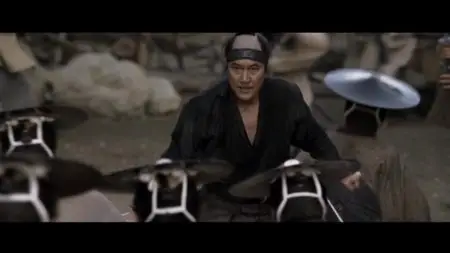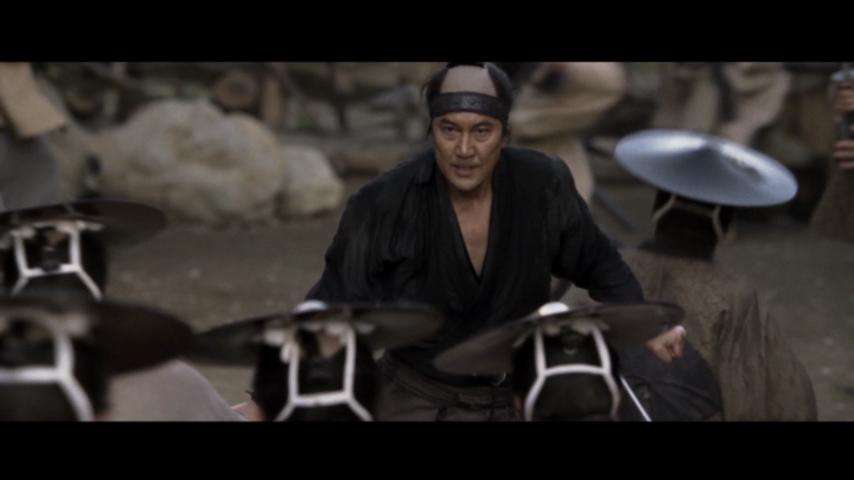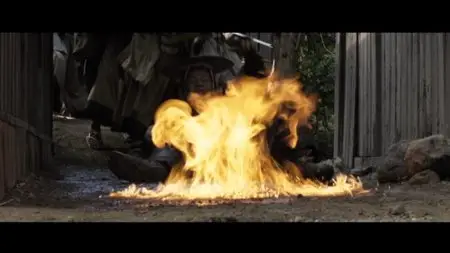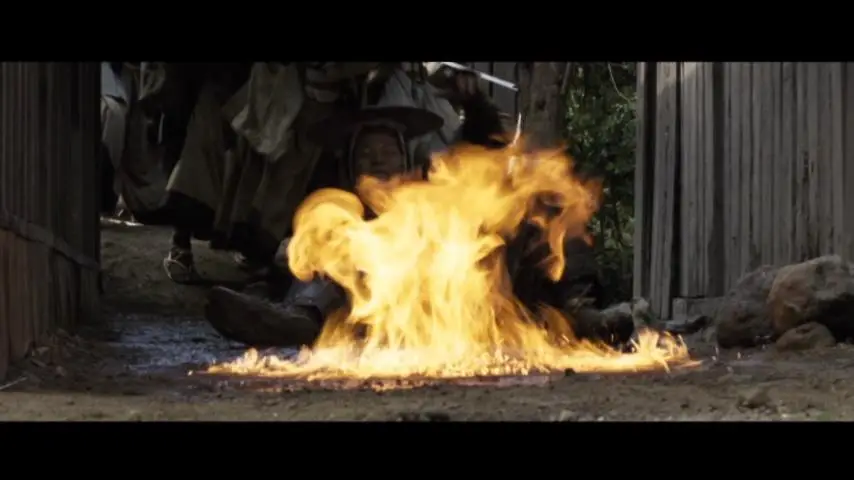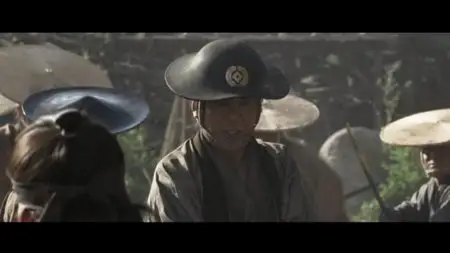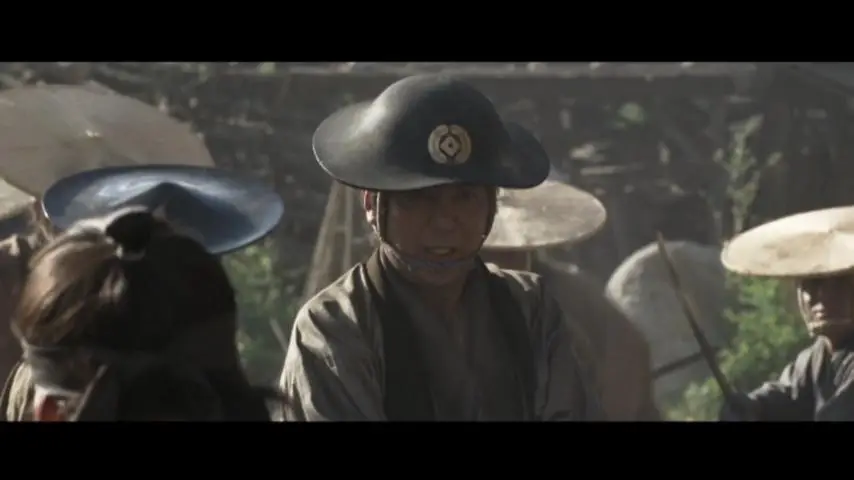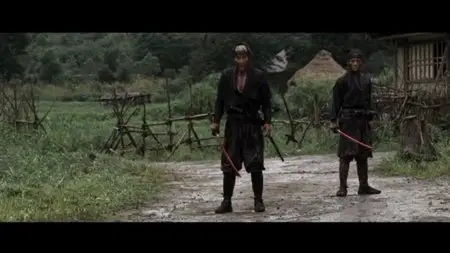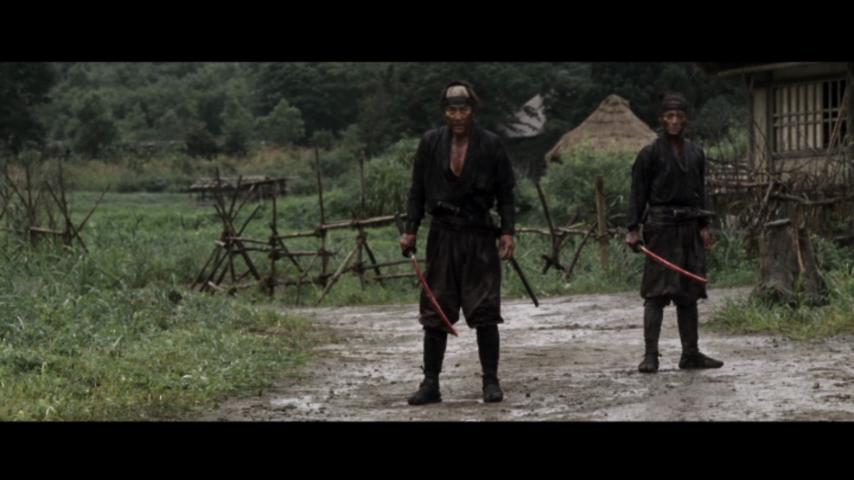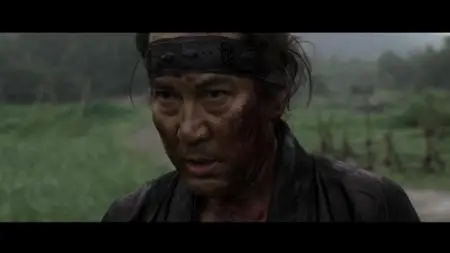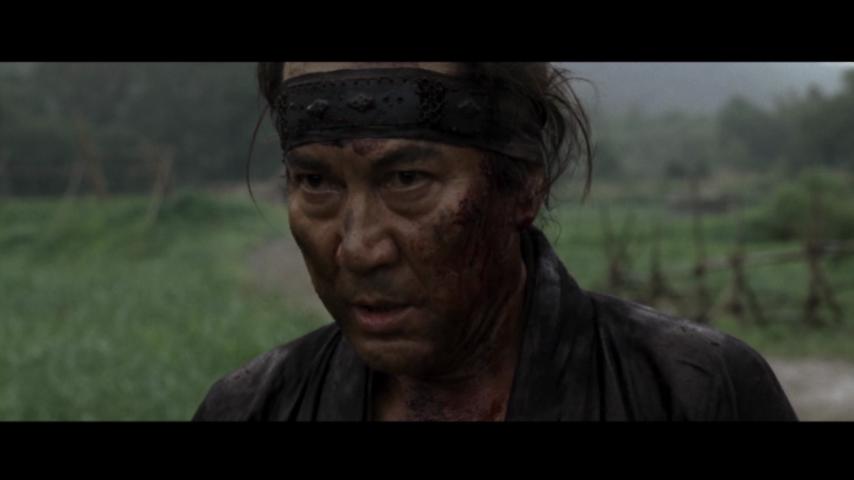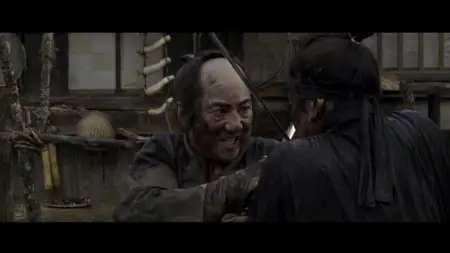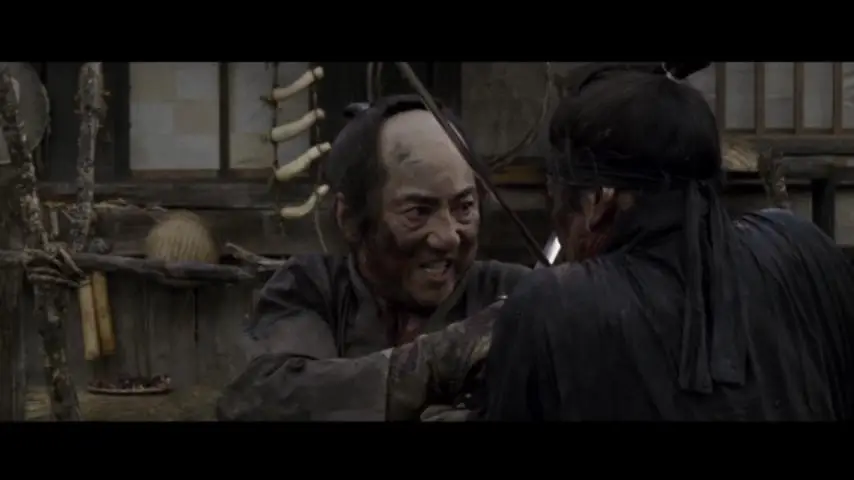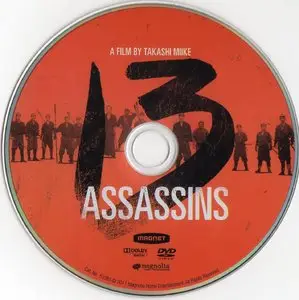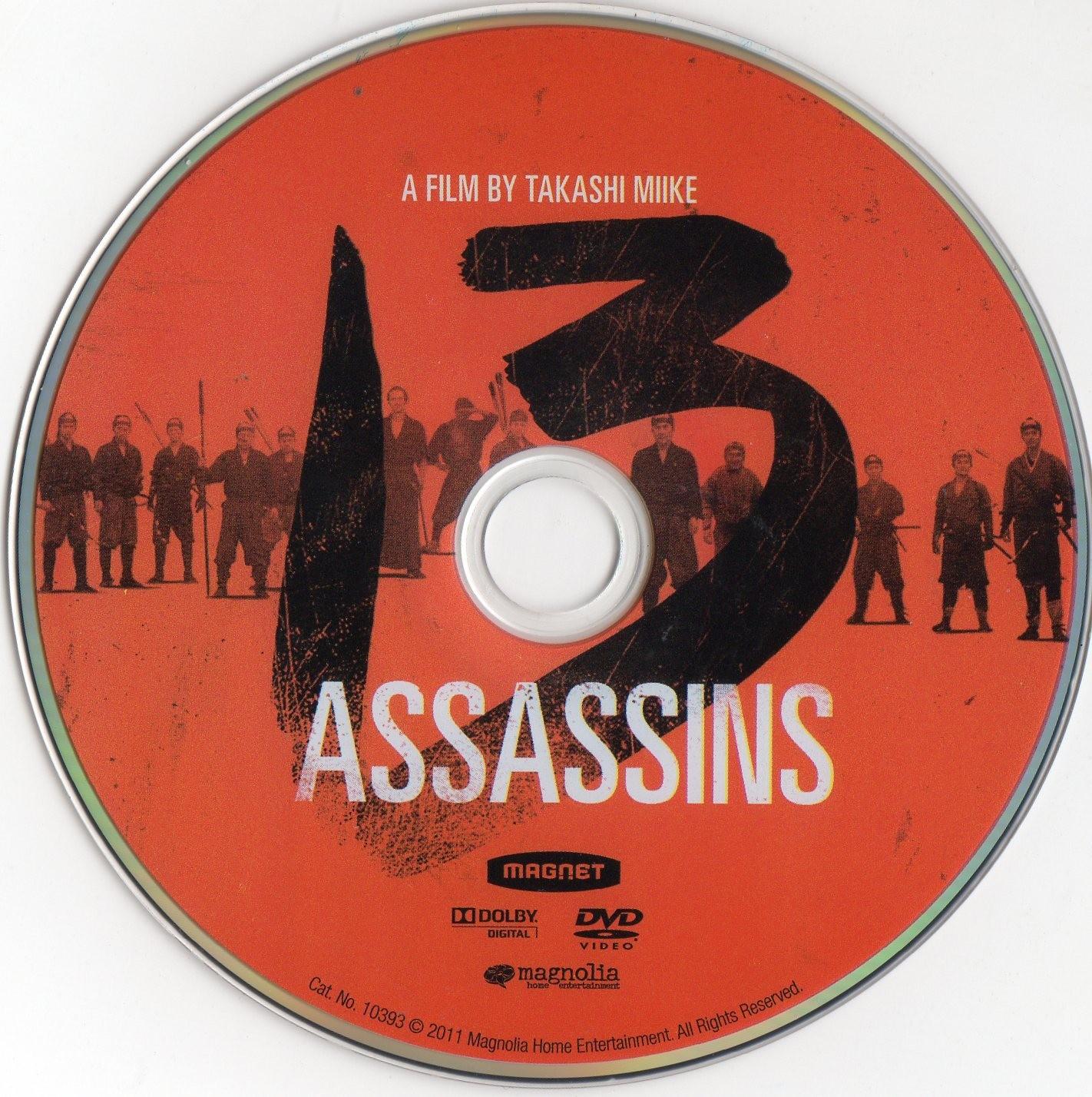(3186 x 2130)
13 Assassins (2010)
A Film by Takashi Miike
DVD9 (VIDEO_TS) | NTSC 16:9 (720x480) | 02:05:02 | 7,69 Gb
Audio: English AC3 5.1 @ 448 Kbps; Japanese AC3 5.1 @ 448 Kbps | Subs: English, Spanish
Genre: Action, Adventure | 5 wins & 11 nominations | Japan, UK
A Film by Takashi Miike
DVD9 (VIDEO_TS) | NTSC 16:9 (720x480) | 02:05:02 | 7,69 Gb
Audio: English AC3 5.1 @ 448 Kbps; Japanese AC3 5.1 @ 448 Kbps | Subs: English, Spanish
Genre: Action, Adventure | 5 wins & 11 nominations | Japan, UK
Set in 1844 Japan, and based on a 1963 film of the same name, “13 Assassins” stars Koji Yakusho (“Tokyo Sonata,” “Babel”), and brings together the cream of Japan’s acting talent. Yakusho plays a brave samurai who assembles an elite team of thirteen killers to assassinate the brother of the Shogun, a sadistic and well protected young lord who’s above the law, raping and killing innocents with impunity. The film culminates in a mind-blowing, forty-five minute battle sequence that rivals anything seen before in the genre.
IMDB
Wikipedia
NB! DVD and Blu-ray Disc released in the United States on July 5th 2011.
Prolific cult Japanese auteur Miike Takashi returns with perhaps his most ambitious work yet in “13 Assassins”, a remake of the 1963 Kodo Eiichi classic “Jusan-nin No Shikaku”. Marking his first proper foray into the period samurai genre, though one of his more commercially friendly outings, the film is still very much recognisable as a Miike work, with a script by Tengan Daisuke, with whom he previously worked on “Audition” and “Imprint”. Certainly, it sees the director working with a far bigger budget than usual, not to mention an all star cast that includes Yakusho Koji (“Shall We Dance”), Yamada Takayuki (“Crows Zero”), Iseya Yusuke (“Sukiyaki Western Django”), Hira Mikijiro (“Goemon”), Matsukata Hiroki (“Tajomaru: Avenging Blade”), and Masachika Ichimura. Thanks in no small part to a thrilling 45 minute climatic battle scene, the film has been a big hit with festivals around the world, as well as winning over the critics, claiming four grand prizes at the Japan Academy Awards and being nominated for the Golden Lion at Venice.
With some eighty films to his name, Takashi Miike is every bit the prolific director, hopping and mashing up genres to his hearts content. While Western audiences best know him for gruesome thrillers (Audition) and crime dramas (Dead or Alive) he's also dabbled in melodramas, period films and even (believe it or not) children's features. So it's with expert hands that Miike approaches 13 Assassins, a remake of the 1963 film of the same name.
Those expecting Miike's infamously violent scenes will not be disappointed, but it's not in an exploitative manner that Miike approaches his violence. Much violence appears offscreen, with the fantastic sound effects aiding our imagination, such as the Seppuku (Harakiri) incidence in the opening of the film. Miike skilfully uses violence as a device with which to grab the attention of the viewer or to brutally illustrate a specific character and it's the latter most liberally employed in the first act of 13 Assassins, as the callously sadistic Lord Naritsugu massacres whole families and removes the limbs and tongue of a peasant girl. The peasant girl in particular, revealed to the audience and protagonist Shinzaemon in a powerfully shocking scene, truly succeeds in conveying the sickening depravity of Naritsugu, his demise being the narrative aim of the film. Coincidentally, theres something almost cartoonish about Lord Naritsugu, as he smirks through his scenes almost in the manner of a pantomime villain, smug and detestable to the very end.
While the first and second acts are enjoyable enough, they are mere precursors to the explosive third act, an extended cacophony of balletic hyper-violence. Much like Takeshi Kitano's masterful update of Zatoichi, Miike handles the swordplay and fight scenes with an incredible stillness and grace, acting as a stunning counterpoint to the bloody violence actually present in the scenes. The swordplay becomes ethereally poetic, veering between calm and composed moments of balance and wild, hacking and kinetic sword-fights.
The fight choreography is grittily realistic; theres no wire-work or characters flying through the air here. The most unrealistic we get is characters jumping from rooftop to ground rather easily, but we'll forgive Miike here, they are warrior assassins after all. People die after just one slash of a sword, or at the very least visibly sustain wounds, with the exception of Koyata (the wild mountain man) who gets a dagger through the neck but pops up, to another characters disbelief, alive and well in the next scene. However his survival and the reaction, “Are you immortal?!” works well as a comedic device without breaking the realism of the film too much.
Something must also be said for the beautiful cinematography from Nobuyasu Kita, which utilises wide angle shots in two amazingly contrasting ways. The first is the stunning landscape shots, framing the characters against the huge backdrop of the forest or the landscape, the vastness of nature acting as a metaphor for the humungous task this tiny group of thirteen must accomplish. The second is during the incredible fight scenes, when Kita separates out the manic close-ups with wide shots of absolute pandemonium, a great writhing, tangled mess of limbs and swords, twenty or thirty characters in a single frame all locked in their own individual skirmishes, yet only making up a tiny portion of the battle itself.
13 Assassins is a triumph, as smart and composed as it is bloody, Miike bringing directorial skill and confidence to an already riveting story. The third act is worthy of the ticket price alone, featuring some the best sword-play battle scenes recently committed to celluloid (or a hard-drive, but hey, same sentiment). I strongly urge any fans of samurai Jidaigeki features, world cinema or simply quality films to seek it out upon its release.Roger Holland, flickeringmyth
Finally someone has given Takashi Miike the time and resources to make his epic samurai movie. Audition was his horror masterpiece, Visitor Q has become a seminal cult film that held a portent amidst its shock value, and Ichi the Killer and Happiness of the Katikuris were gleeful escapades into violence and sadism. 13 Assassins is more accessible than these films, but his warped touches do make their appearances.
It’s hard not to think of Seven Samurai while watching 13 Assassins. Story-wise the film has many of the same characteristics. A group of samurai with varied backgrounds and characters bond and come together to fight against a heinous enemy that outnumbers them in the hundreds in an epic showdown set in a small village. Hardly anything touches the cinematography of Seven Samurai, but 13 Assassins has great camerawork, superb performances, and excellent choreography that is very fast and fluid. The gore is very realistic, so you won’t get CAT 3 or anime-inspired deaths. But there is half a movie of bloodshed, and you know Miike will not disappoint in this area.
The movie is based on the historical end of the samurai era, and the barrage of characters in the first 20 minutes will be very challenging for Western audiences without knowledge of this history and government to keep up with. Repeated viewings will almost certainly help the matter. Some have expressed displeasure with the very final battle, as it has been done numerous times before, but what happens is extremely fitting. These are the only faults I can possibly dream up, and how cool would it be to see this in a theater (playing now in bigger cities). Highly recommended.
I'm a huge fan of Takashi Miike, so I was very excited to be able to attend a sneak peek of his latest film. Miike's one of those directors who seems to be trying to make at least one film in every style, and this latest is his foray into the classic "samurai avenging injustices" genre. Only, we all know by now that Miike's style is anything but "classic." He always manages to find a way to infuse his own unique, warped imprint into everything he touches. Especially since he insists on making the most bizarre cameos possible in all the films he directs. They are always really fun to watch for.
So, this film is great. It starts off just as slowly as any of these old period pieces set in feudal era Japan, but it quickly descends into pure mayhem and madness. Shinzaemon is a retired samurai, but he is prompted back into action when he learns that the Shogun's "adopted" (code for bastard) son, Lord Naritsugu, has been terrorizing peasants. He's been killing and mutilating men, women and children all throughout the land, and all with the most cold- hearted, disinterested cruelty. So Shinzaemon decides to assemble a band of other idle samurai to hunt this despot down and assassinate him. Those would be the thirteen assassins that give this film its title. And they really are a very mismatched band of warriors. And these men are caricatures—each outrageous in his own way.
The one thing I really love about Takashi Miike's style is that he's never afraid to just go for it. He's got no shame, and absolutely no restraint. I think this is because he has a deep-rooted sense of humor (albeit a very dark one). It's an ability to identify and appreciate the absurdity in life. Miike's films have a reputation for being pretty violent and bloody (and this one is certainly no exception). But they are also incredibly funny. The gore is certainly meant to shock, but I don't think it's just for the sake of a cheap thrill. I think it's meant to throw us of balance. His work is horrifying where we expect delicacy, and actually quite subtle where viewers typically expect to find vulgarity. Of course, we can always count on Miike for some truly silly stunts too. The result is audiences that are quite delighted and amused, even after witnessing all the horror and disfigurement and devastation. Those moments are upsetting and heartbreaking, for sure. But, Miike really understands how a film should flow, and balances these difficult scenes with the right dose of irreverence. He's a true master, and this film is a roaring success.IMDB Reviewer
(1422 x 1428)
Special features:
- Interview with Director Takashi Miike
- Deleted scenes
- Theatrical trailer
No More Mirrors.


